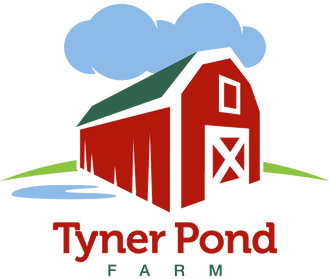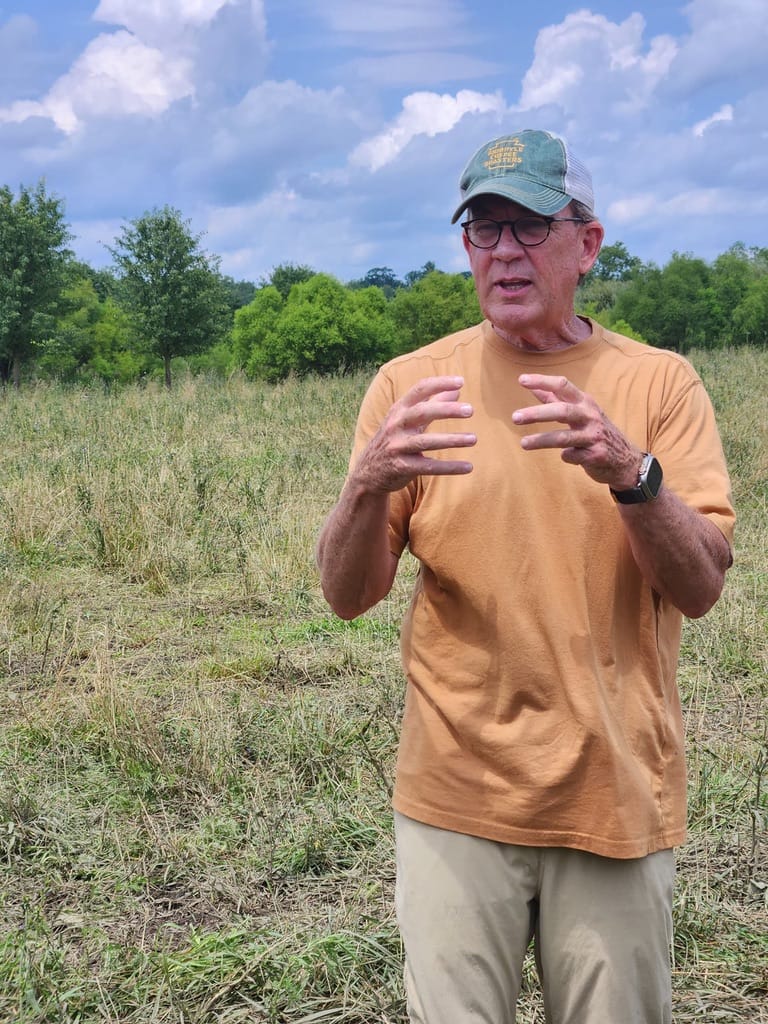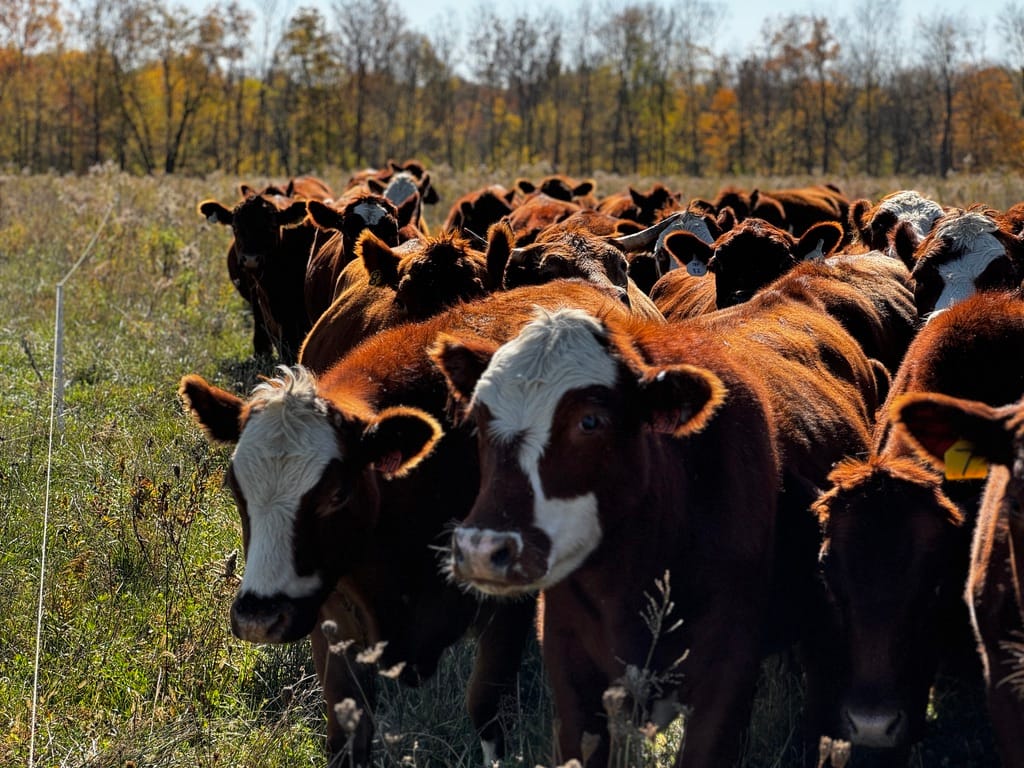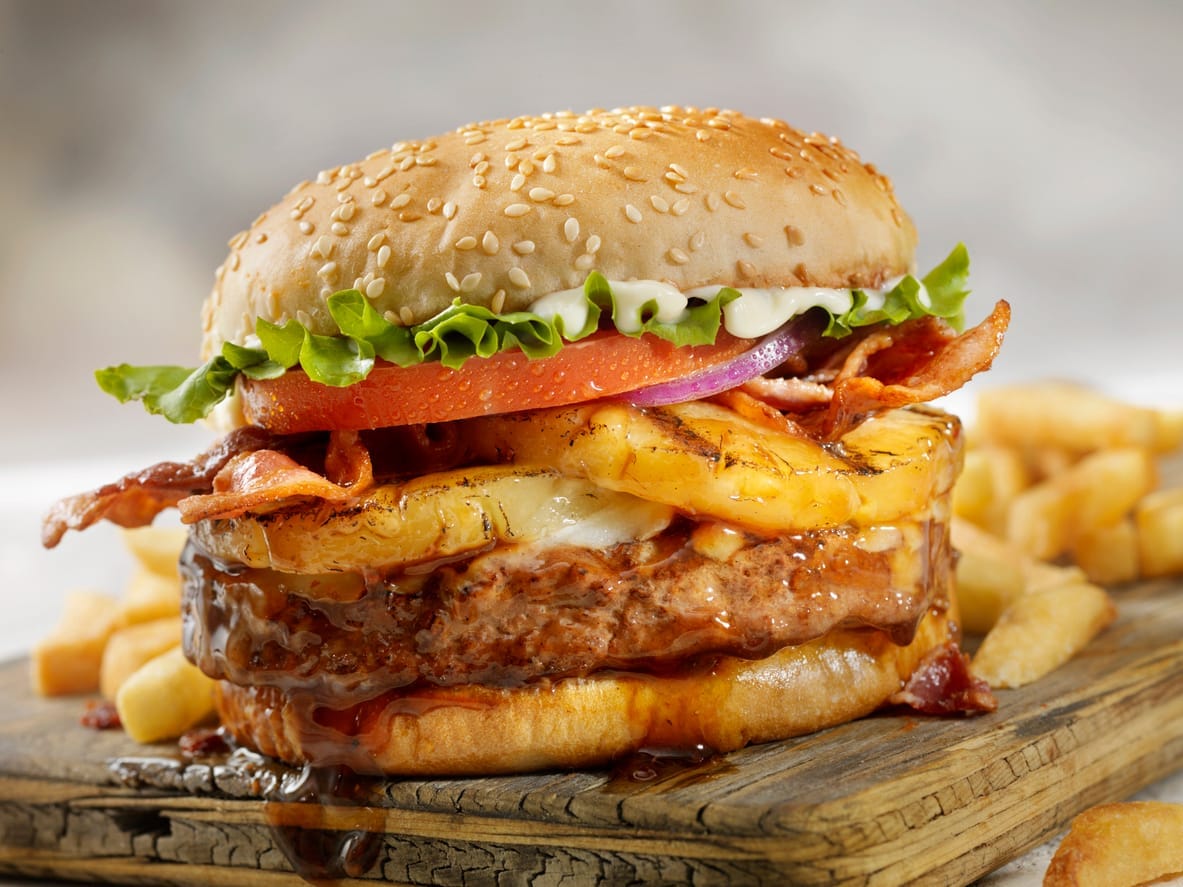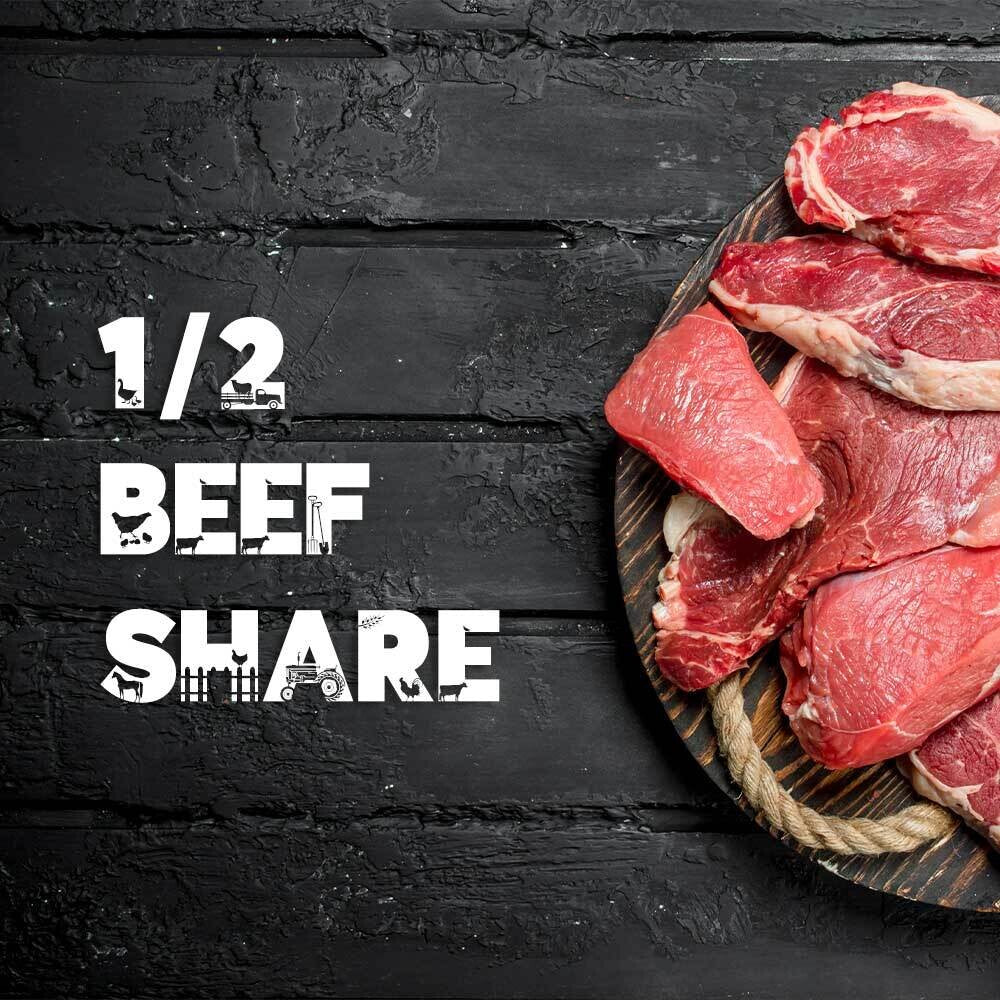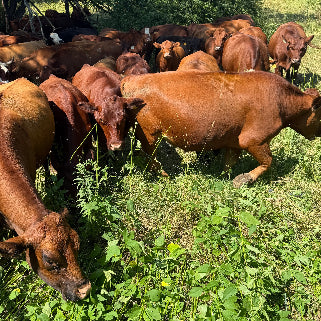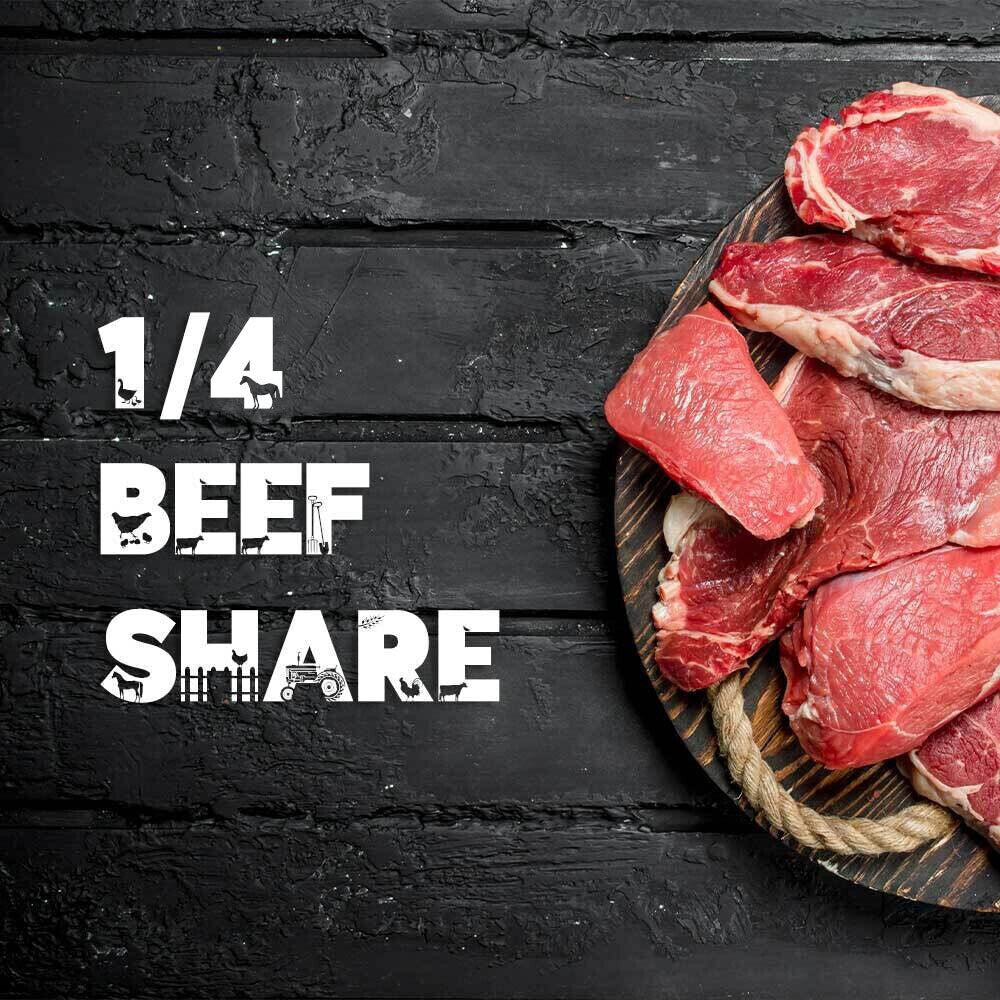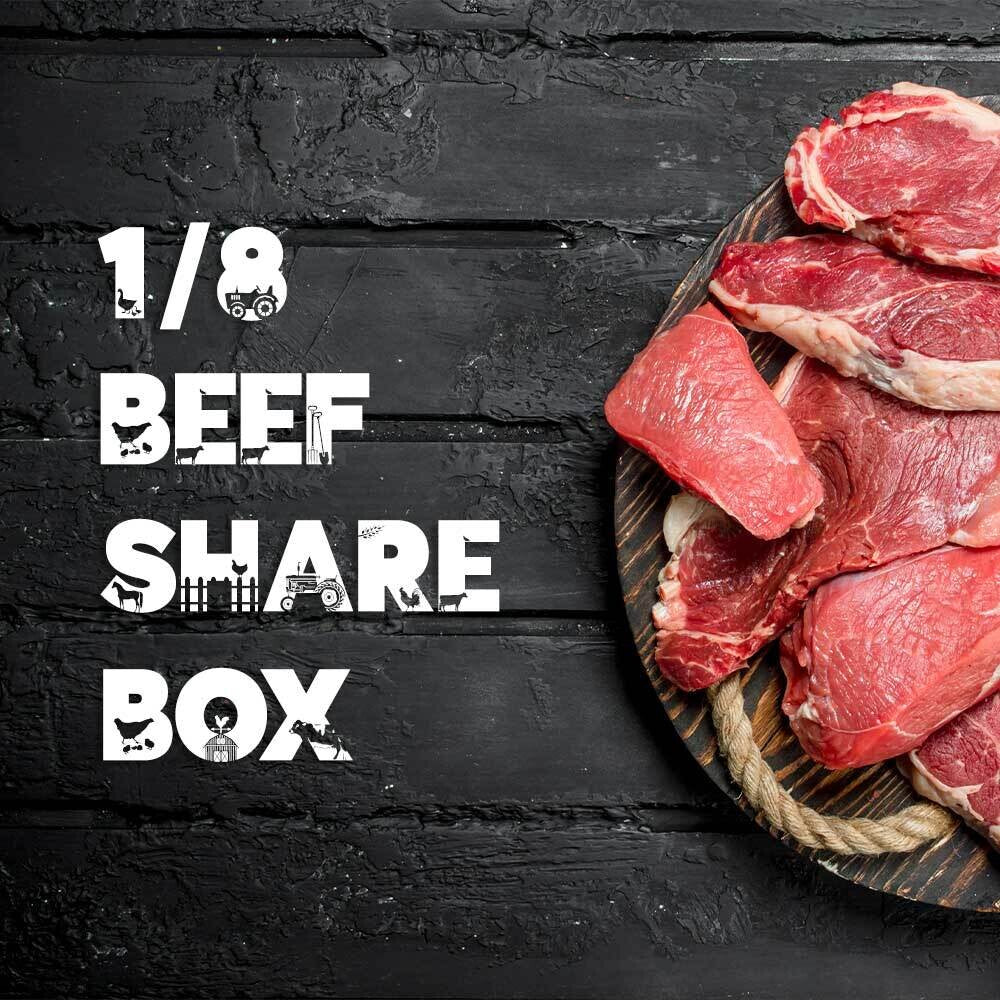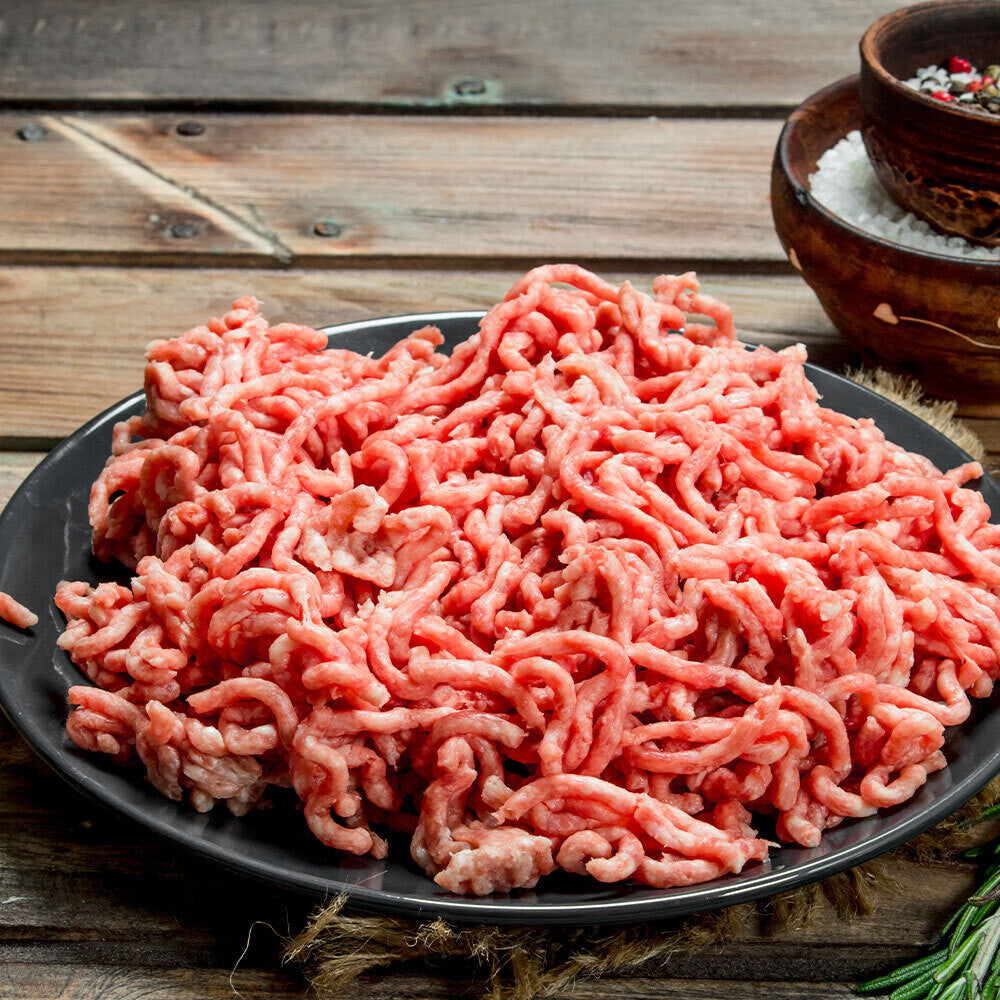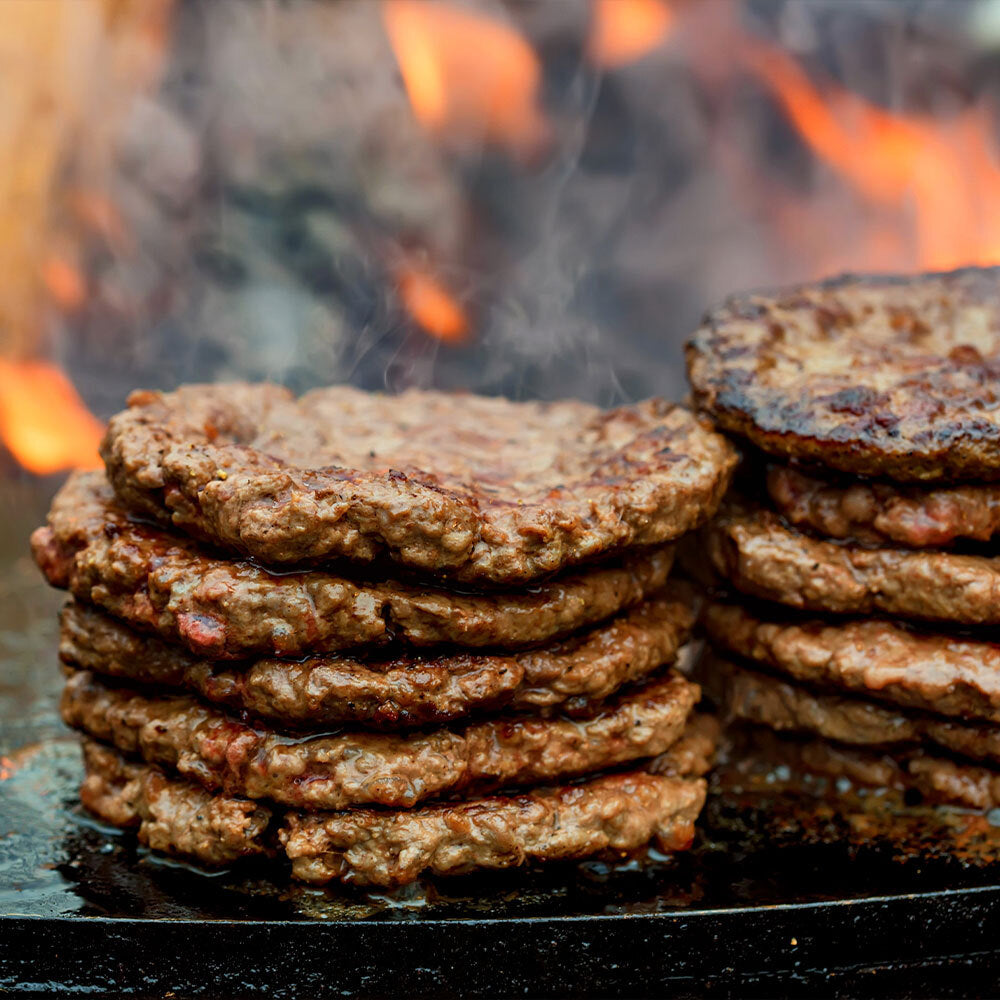
Tyner Pond Farm's Commitment to Sustainable Grass Fed Beef through Regenerative Riparian Management
Introduction:
Welcome to Tyner Pond Farm, your local source for the best grassfed beef in Greenfield, Indiana. At our farm, we are dedicated to providing you with the highest quality products while ensuring the health and well-being of our animals and the environment. One key aspect of our sustainable farming practices is the careful management of riparian areas. In this blog post, we'll explain what riparian areas are, why they matter, and how we manage them using holistic management and regenerative agriculture practices to produce the finest grassfed beef for our customers. Tyner Pond Farm Riparian Management
Tyner Pond Farm Riparian Management
What are Riparian Areas and Why Do They Matter?
Riparian areas are the transitional zones between bodies of water, such as rivers, streams, or lakes, and the adjacent land. These areas play a crucial role in maintaining the health and stability of ecosystems, as they provide several important functions, including erosion control, water quality protection, wildlife habitat, temperature regulation, and flood attenuation. Riparian zones are home to an impressive level of biodiversity, as they support a wide variety of plant and animal species. The forage found in these areas is often more appealing to cattle due to its higher moisture content and nutrient density. However, without careful and intentional management, riparian areas can be overgrazed, leading to the degradation of the ecosystem and the invasion of less desirable plant species. The ecological importance of riparian areas extends beyond their immediate surroundings. They contribute to the health of the entire watershed, providing valuable ecosystem services such as filtering pollutants, supporting aquatic habitats, and stabilizing streambanks. This is why it is crucial to carefully manage and protect these areas using holistic management and regenerative agriculture practices.Holistic Management and Regenerative Agriculture Practices at Tyner Pond Farm
 A Creek on Tyner Pond in Need of Restoration
At Tyner Pond Farm, we believe in the power of regenerative agriculture to improve soil health, water quality, and biodiversity while producing top-quality grassfed beef for our customers. Here's how we manage our riparian areas using holistic management and regenerative agriculture practices:
A Creek on Tyner Pond in Need of Restoration
At Tyner Pond Farm, we believe in the power of regenerative agriculture to improve soil health, water quality, and biodiversity while producing top-quality grassfed beef for our customers. Here's how we manage our riparian areas using holistic management and regenerative agriculture practices:
Rotational grazing with temporary electric fencing:
We use temporary electric fencing to divide our riparian areas into smaller paddocks. This allows us to control the location and duration of grazing, ensuring that all vegetation is grazed without overgrazing any one area.Long rest periods after grazing:
After grazing a specific paddock, we allow for a long rest period to promote vegetation recovery and regrowth. This maintains the health and diversity of plant communities and provides habitat for wildlife.Timing and duration control:
We adjust the timing and duration of grazing in riparian areas to maximize the benefits of vegetation regrowth and account for seasonal considerations. This includes limiting grazing during wet seasons and critical nesting periods for birds and other wildlife.Manage stocking density:
We carefully monitor the number of animals grazing in the riparian area to ensure sustainable use. This helps maintain the health and diversity of plant communities while preventing overgrazing and soil compaction.Monitor and adapt:
We regularly monitor the condition of our riparian areas, including vegetation health, soil conditions, and water quality. We use this information to adjust our grazing practices and temporary electric fencing configurations as needed to maintain the health and resilience of the ecosystem.Restore degraded areas:
We actively restore degraded riparian areas by concentrating our cattle to more intensely graze non-native species, creating a more favorable environment for native species to regain a competitive advantage. Cattle hoof action also sculpts degraded riparian areas, helping to restore them to their more natural state. Sunset grazing at Tyner Pond Farm
By implementing these holistic management and regenerative agriculture practices, we at Tyner Pond Farm are committed to preserving the ecological functions of riparian areas while producing the highest quality grass fed beef.
Sunset grazing at Tyner Pond Farm
By implementing these holistic management and regenerative agriculture practices, we at Tyner Pond Farm are committed to preserving the ecological functions of riparian areas while producing the highest quality grass fed beef.
Tags:
Previous post
Tyner Pond Farm's Focus on Healthy Livestock and Our Approach to mRNA Vaccines in Animals
Next post
